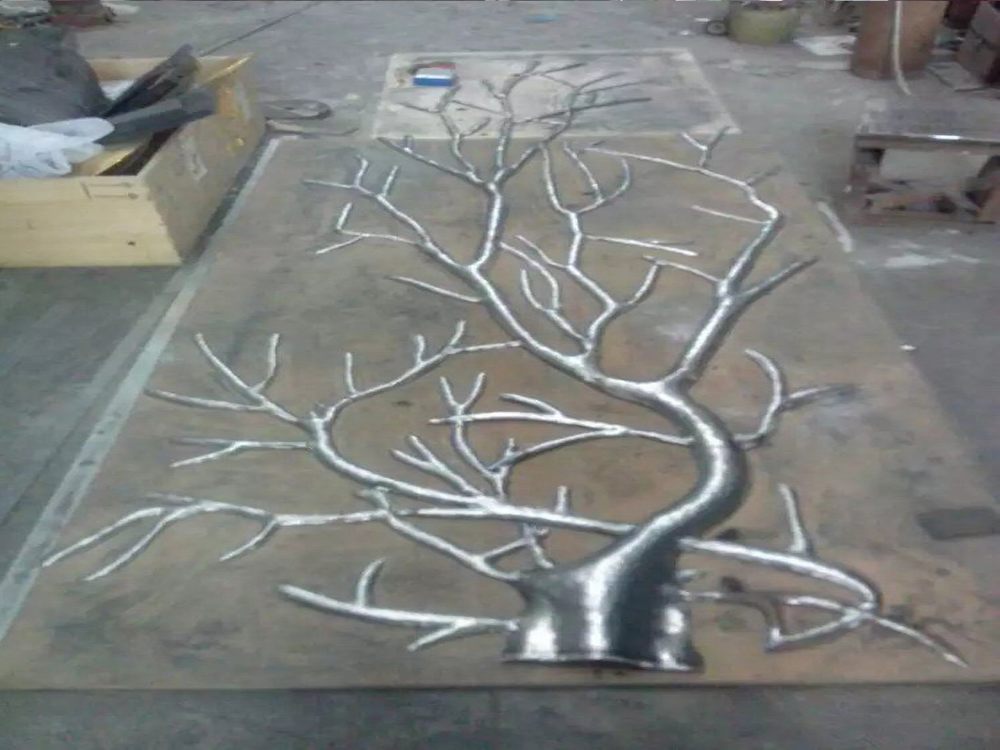
Metal sculptures are more than just visual art—they play a subtle yet significant role in shaping the acoustic properties of performance venues. Their reflective surfaces interact with sound waves, altering reverberation, clarity, and even tonal balance in spaces like concert halls, theaters, and opera houses.
The density and shape of metal sculptures determine how they interact with sound. Smooth, curved surfaces can diffuse sound evenly, reducing harsh echoes, while angular designs may create focused reflections that enhance certain frequencies. Large installations can even act as acoustic baffles, subtly directing sound toward audiences.
Architects and acoustic engineers sometimes collaborate with sculptors to integrate these pieces intentionally into venue designs. A well-placed metal sculpture might correct acoustic dead zones or break up standing waves. However, uncontrolled placement could lead to undesirable sonic effects like metallic ringing or uneven sound distribution.
Modern performance spaces increasingly recognize this intersection of art and science, using sculptures not just as décor but as functional acoustic elements. The next time you attend a performance, notice how the metal artworks around you might be quietly shaping your auditory experience.

